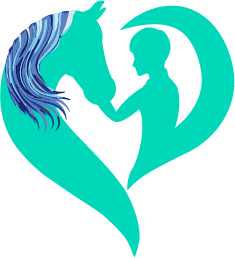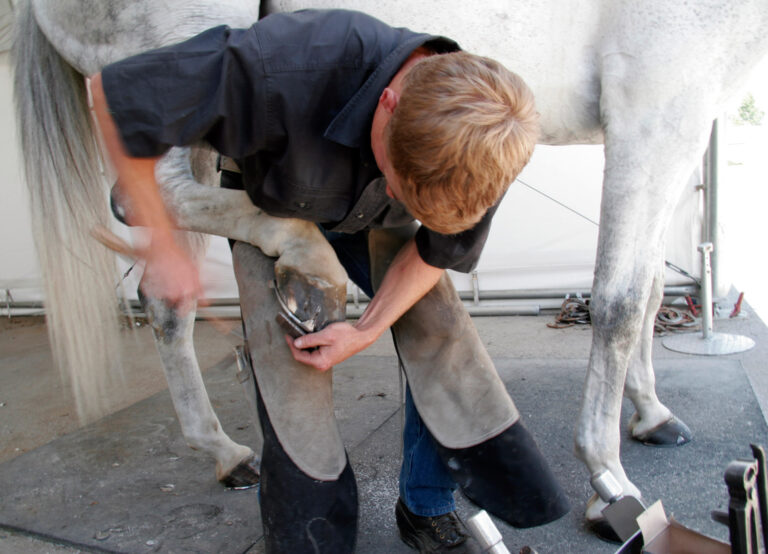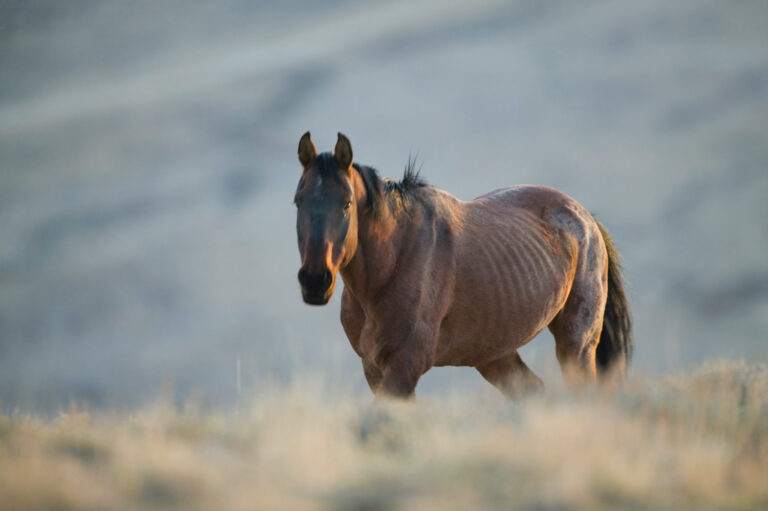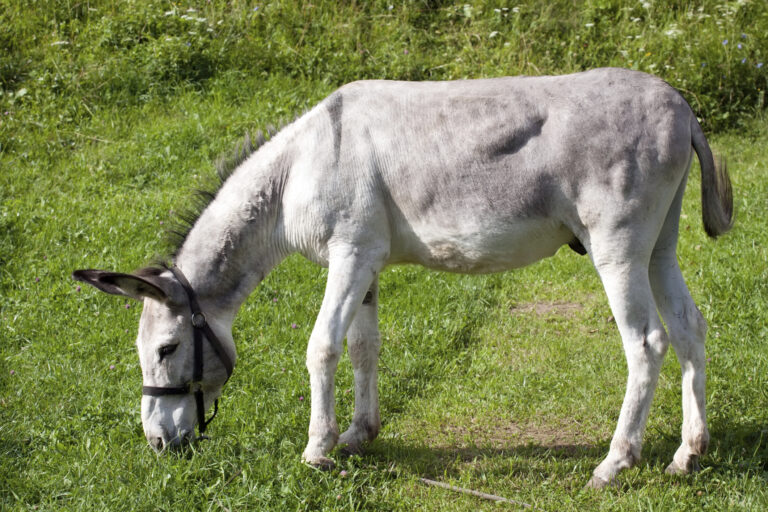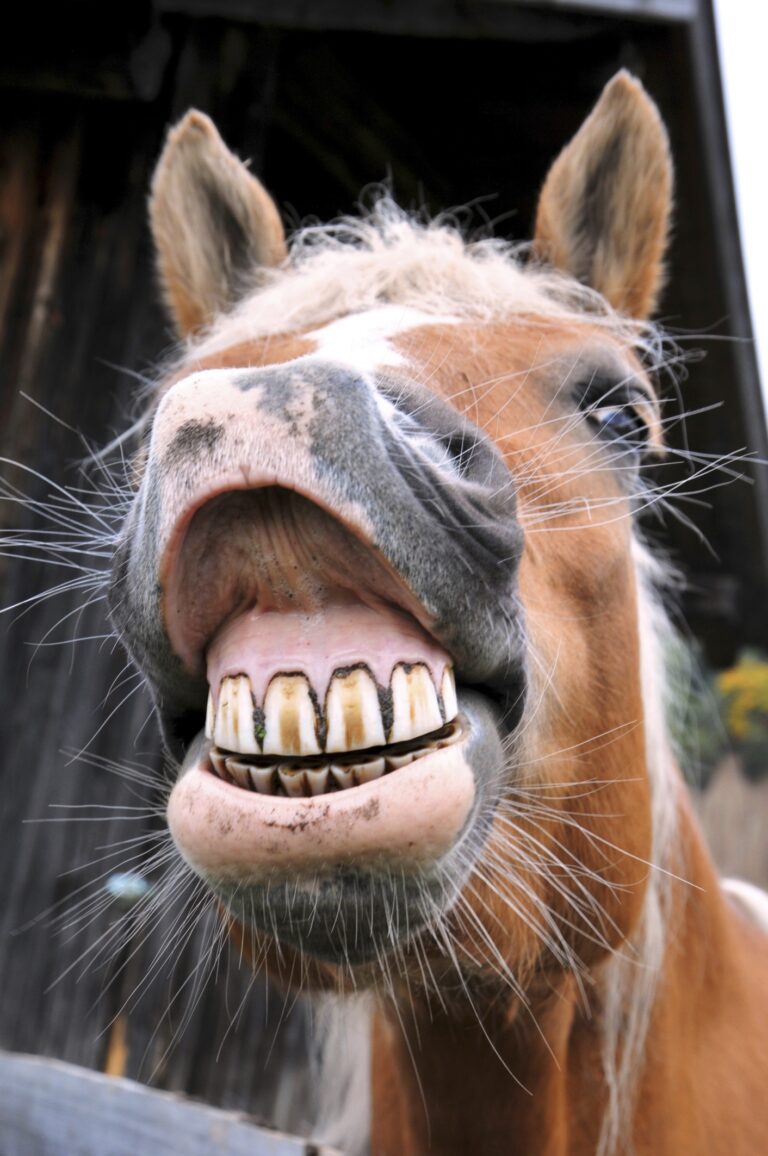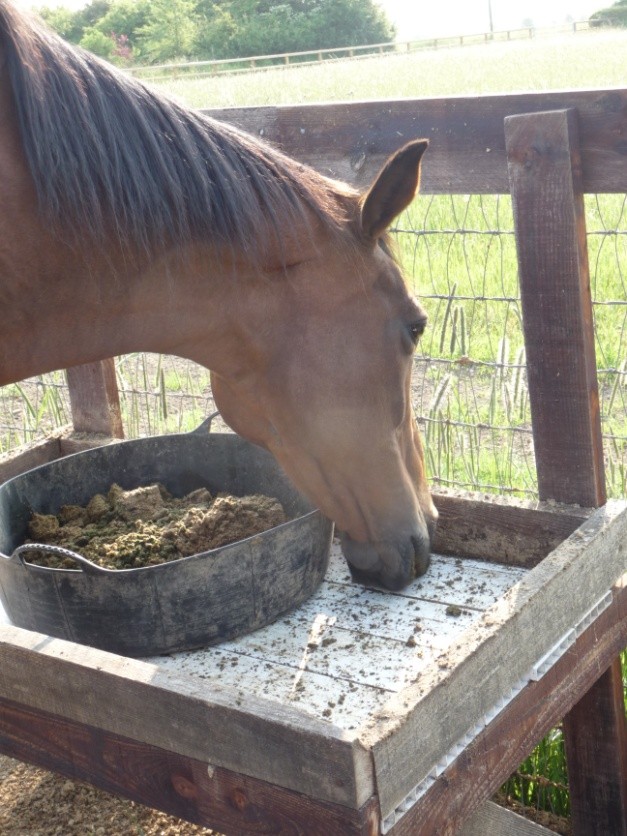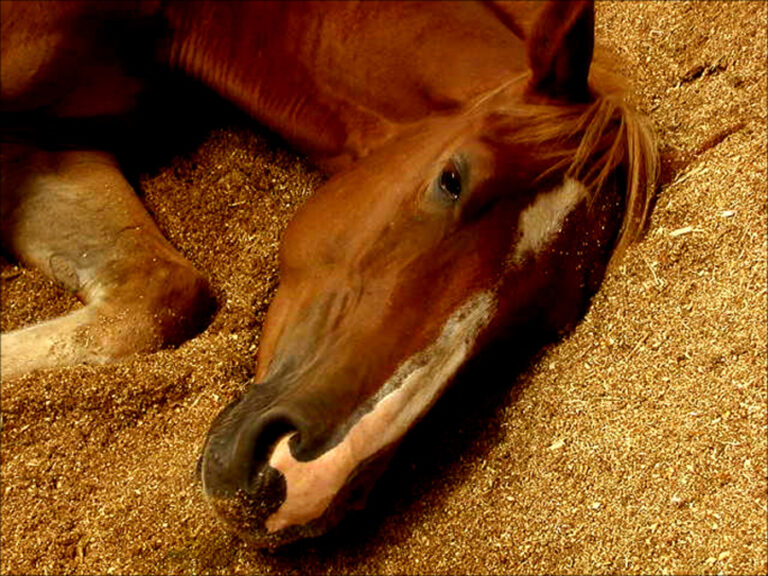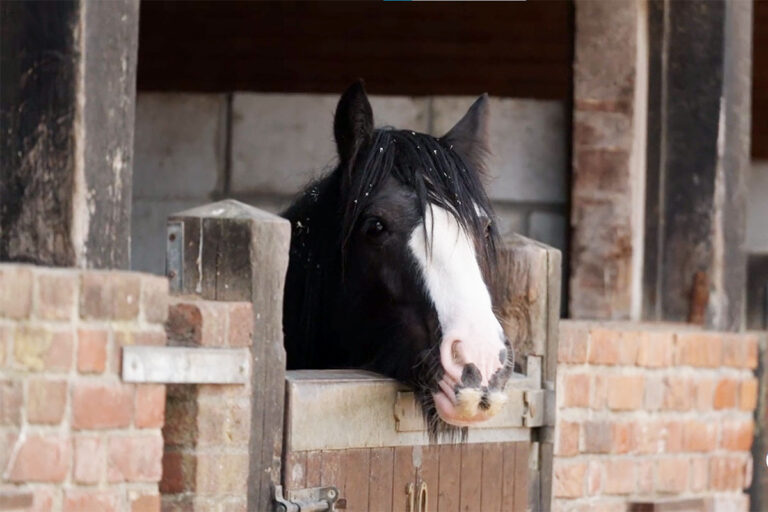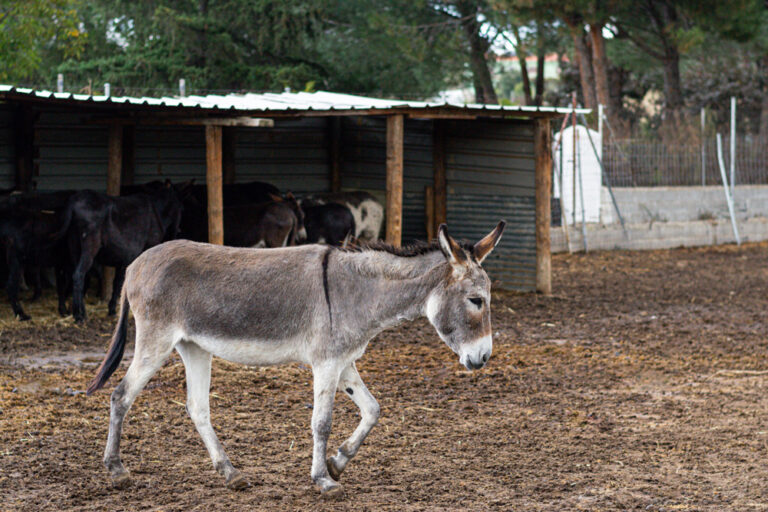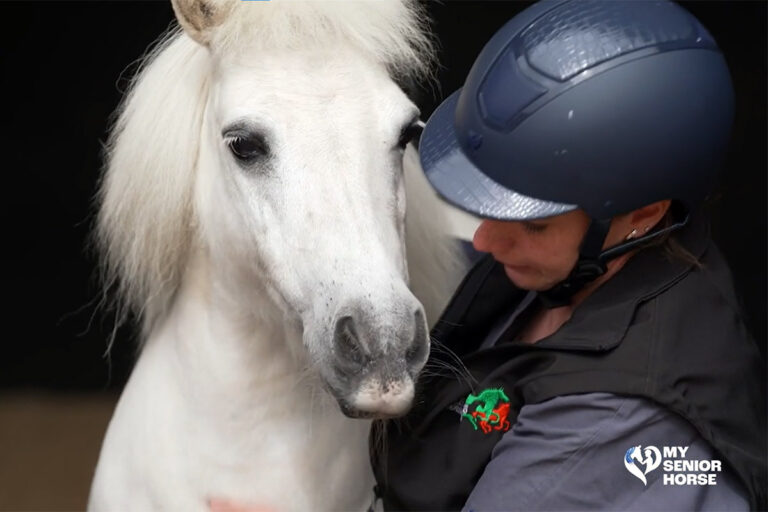Insulin dysregulation (ID) is one of the most significant risk factors for endocrinopathic (hormone-linked) laminitis in horses.
Our guest for this podcast is veterinarian Nicola Menzies-Gow. She also has a PhD and is a European and RCVS specialist in equine internal medicine. Menzies-Gow is chair of the Clinical Research Ethical Review Board and research director for the Department of Clinical Sciences and Services at the Royal Veterinary College at the University of London.
(Editor’s note: The content of this podcast is the expert’s approach to the topic. Please consult with your practitioner if you have questions.)
What Is Insulin Dysregulation?
Menzies-Gow said insulin dysregulation is all about how the horse’s body responds to insulin.
“Insulin is a hormone that’s produced by every species,” said Menzies-Gow. “Its job in the body is to control the glucose concentration (the sugar concentrations in the blood). And insulin’s job is to bring the glucose concentrations down.
“After you’ve eaten a meal, your pancreas will produce more insulin concentrations to stop your blood glucose concentrations from going too high because that’s bad for your body,” she explained. “But what happens in the horse and also with people that get insulin dysregulation is that the normal balance of insulin concentrations in the blood goes a little bit haywire.
“The horse can have sort of three different types or what we call manifestations of insulin dysregulation,” she said. In the first scenario, she explained that, “The insulin concentrations in their blood can be much higher than they need to be all the time. So anytime you measure them, they would be high.”
She said the second manifestation is after a horse has had a meal and it’s eaten some sugar or some carbohydrate. “It produces far too much insulin than than [it should] normally produce for that amount of sugar that the horse has eaten. So, it gets a great big rise in the insulin concentrations in the blood compared to a normal horse.”
She said the third manifestation of insulin dysregulation can be at the levels of the tissues. “So, the tissues themselves are not responding to the insulin hormone as they should.”
Why Is Insulin Dysregulation Important?
Menzies-Gow said insulin dysregulation in horses is important because of its relationship with laminitis. She said the most common form of laminitis is caused by insulin. It is called hyperinsulinemia-associated laminitis.
She said if you know your horse is or might be prone to insulin dysregulation (as mentioned above), then you and your veterinarian can take steps to reduce the risk of laminitis.
Breed Risks
In the podcast Menzies-Gow talks about certain breeds of horses that seem to be more likely to get insulin dysregulation. “In the UK, for example, it’s all our native pony breeds,” she noted.
She said there is an array of breeds that seem to be more prone to developing insulin dysregulation. These include Andalusians, Morgans, and Arabians.
She said while there does seem to be some genetic component to insulin dysregulation, it doesn’t seem to be linked to an individual gene. Menzies-Gow said researchers are working on developing a “sort of” genetic test to see if an individual horse is at risk.
Testing for ID
“We used to think insulin dysregulation was inextricably linked with obesity,” said Menzies-Gow. “So, if the horse was overweight, we would be highly worried that the horse had insulin dysregulation.”
However, research has shown that isn’t necessarily true.
“Any horse, of any size and any shape—regardless of their waistline—might have insulin dysregulation,” she said. “We do know that age plays a role as well. So as the animals get older, they’re more likely to get insulin dysregulation as well.”
Menzies-Gow goes on in the podcast to explain the different insulin dysregulation tests in detail.
Treating ID
She said insulin dysregulation is pretty easy to diagnose, and the management of an ID horse mostly centers around diet and exercise management. “If the horse is overweight then certainly they need to lose weight to come down to an ideal body condition,” Menzies-Gow said. “Even though we know being overweight isn’t the whole answer, it certainly isn’t helping things. And it does make insulin dysregulation worse.”
Menzies-Gow in the podcast discusses specifics of some diet and exercise managements that can help a horse with insulin dysregulation.
There are drugs being researched to help these animals control insulin. These drugs are called SGLT2 inhibitors.
“They came from a class of drugs that get used in people that have type 2 diabetes,” explained Menzies-Gow. “The drugs work very well in people. They get the kidneys to excrete more glucose. Essentially the horse wees out the glucose. In losing the glucose in the urine, it makes the body produce less insulin because it doesn’t have to work so hard to keep the glucose concentrations under control.”
Menziels-Gow said, “It’s not a magic bullet, and certainly the studies do show that if you stop controlling the diet and exercise, then the drugs aren’t enough to control the problem by themselves.”
Final Words
Menzies-Gow said if you are worried about a horse having insulin dysregulation, get it tested. “It’s better to be informed, then you can do something about it, ideally before the laminitis happens. Management is lifelong.”
She also reminded the listeners that if you have an equid with PPID (pituitary pars intermedia dysfunction, or Cushing’s disease) you should be on the alert for insulin dysregulation. “Between one-quarter and one-half of your animals with PPID have insulin dysregulation at the same time,” she said.
Further Reading
- Day and Time Effect on Pasture NSC and Insulin in ID Horses. Kimberly S. Brown. MySeniorHorse.com
- Possible New Equine Insulin Dysregulation Treatments. Kimberly S. Brown. MySeniorHorse.com
- The Role of Insulin in Equine Laminitis. Dr. Melody de Laat. MySeniorHorse.com
- Long-Term Canagliflozin ID Treatment. Kimberly S. Brown. MySeniorHorse.com
- Horse Breeds, PPID, and Insulin Dysregulation. Kimberly S. Brown. MySeniorHorse.com
- Possible New Insulin Dysregulation Treatments. Kimberly S. Brown. MySeniorHorse.com
- Owner Understanding of PPID in Horses. Kimberly S. Brown. MySeniorHorse.com
- What is Cushing’s Disease in Horses?
- Diagnosing Cushing’s Disease in Horses, Donkeys, and Mules
- Owner Understanding of Cushing’s Disease in Horses
- Developing a Feeding Plan for Your PPID Horse or Pony. Dr. Pat Harris. MySeniorHorse.com
- What is PPID and Why Should We Care? Dr. Hal Schott. MySeniorHorse.com
- My Senior Horse Podcast: PPID Part 1. Dr. Hal Schott. MySeniorHorse.com
- My Senior Horse Podcast: PPID Part 2. Dr. Hal Schott. MySeniorHorse.com
- My Senior Horse Podcast: PPID Part 3. Dr. Hal Schott. MySeniorHorse.com
-
Editors of My Senior Horse are journalism professionals, most of whom are lifelong horse owners.View all posts


